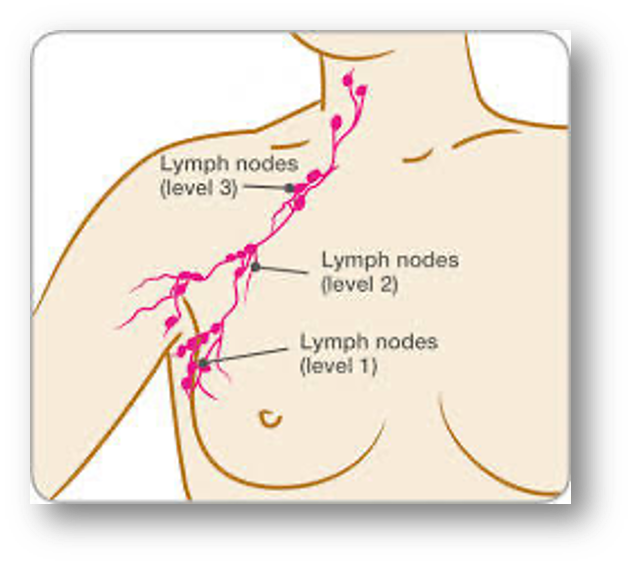

In recent decades, the treatment of breast cancer has evolved and requires a multidisciplinary perspective that provides adequate systemic control of the disease, a conservative surgical approach and a greater concern for the satisfaction and quality of life of these women. 1,2 It is the first cause of cancer death in women worldwide however, early diagnosis and advances in treatment have reduced mortality from this cause. Its incidence seems to be increasing in developed countries, where the risk of developing breast cancer during a woman's lifetime is 12% (one in 8 women). En diversos ensayos clínicos se ha descrito que estos cambios no han impactado negativamente en supervivencia.īreast cancer is the most frequent malignant tumor in women. El estudio refleja el descenso progresivo de la indicación de la linfadenectomía en los diferentes grupos a estudio, similar a lo expuesto por otros autores. Así, se han disminuido las linfadenectomías axilares sin afectación, evitando la morbilidad que asocia este procedimiento, especialmente linfedema. La introducción de la biopsia de ganglio centinela en 2001 y de los criterios ACOSOG Z0011 han modificado la indicación de la linfadenectomía axilar. En la cirugía conservadora primaria no se realizó ninguna linfadenectomía axilar fútil los 2 últimos años. Las linfadenectomías axilares fútiles descendieron al 6,6% en el último año. El porcentaje de linfadenectomías axilares disminuyó progresivamente en el tiempo, pasando del 91% en el primer periodo al 34% en el último periodo. La cirugía conservadora primaria fue el esquema terapéutico más frecuente (54,13%) y se realizaron 615 linfadenectomías axilares (46,62%) durante los 20 años estudiados. Mil trescientos diecinueve pacientes cumplieron los criterios de inclusión. Se identificaron 4 grupos según el esquema terapéutico utilizado y 3 periodos a estudio definidos por las indicaciones de la linfadenectomía. MétodosĮstudio prospectivo observacional que incluye a las mujeres con cáncer de mama intervenidas entre el 2001 y el 2017. El objetivo de este estudio es describir la evolución de estos procedimientos en nuestro centro. Several clinical trials have described that these changes have not negatively impacted survival.Įn los últimos 20 años los procedimientos de estadificación ganglionar en el cáncer de mama se han modificado. The study demonstrates the progressive decrease in the indication of lymphadenectomy in the different study groups, similar to reports by other authors. Thus, ALND without involvement have been reduced, thereby avoiding the associated morbidity. The introduction of sentinel lymph node biopsy and the ACOSOG Z0011 criteria have modified the indication for ALND. In the primary conservative surgery, no futile ALND was performed in the last two years. The futile ALND fell to 6.6% in the last year. The percentage of ALND decreased progressively over time, going from 91% in the first period to 34% in the last period. Primary conservative surgery was the most frequent therapy (54.13%), and 615 (46.62%) axillary lymph node dissections (ALND) were performed in the 20-year study period. Resultsġ319 patients met the inclusion criteria. Four groups were identified according to the therapeutic regimen and 3 study periods defined by the lymph node dissection. MethodsĪ prospective observational study that included women with breast cancer who were treated surgically between 20. The objective of this study is to describe the evolution of these procedures at our hospital. In last 20 years, lymph node staging procedures in breast cancer have been modified.


 0 kommentar(er)
0 kommentar(er)
